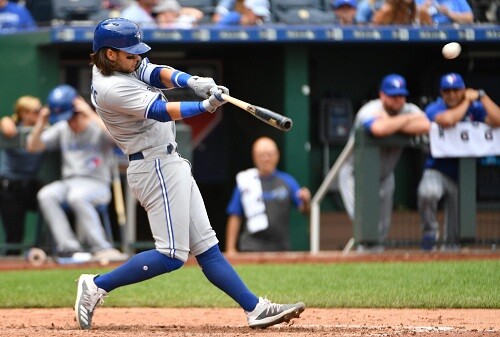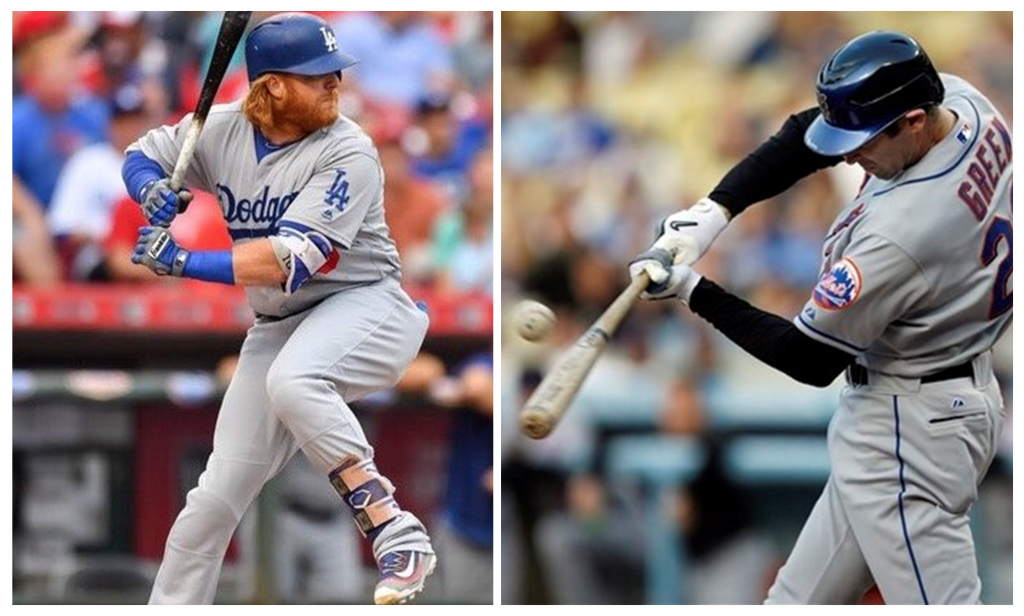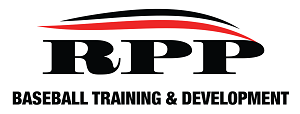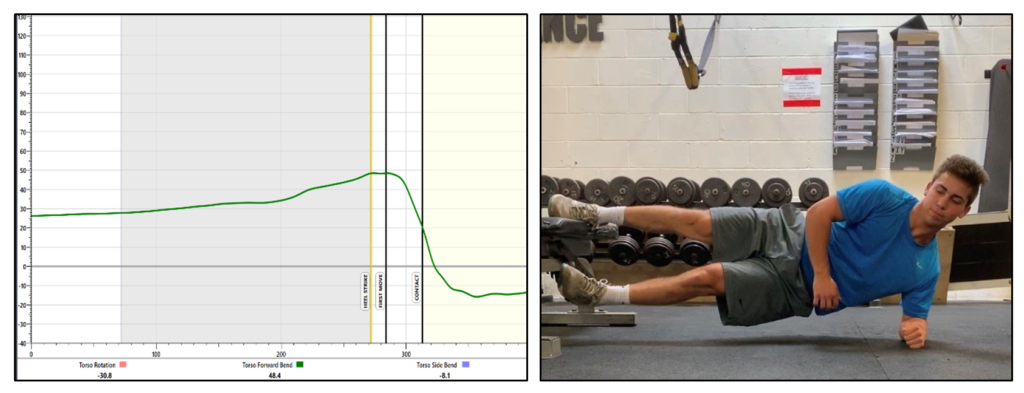
Today, we’re going to focus on how we look to improve the Blast Motion Rotational Acceleration metric in a baseball player. Rotational Acceleration measures how quickly the bat accelerates into the zone, from first move to getting on plane. A high Rotational Acceleration helps players create power at contact, provide for maximum time to react to an incoming pitch and overall hitting adjustability.
Continue reading “How to Improve Blast Motion Rotational Acceleration Metric”









